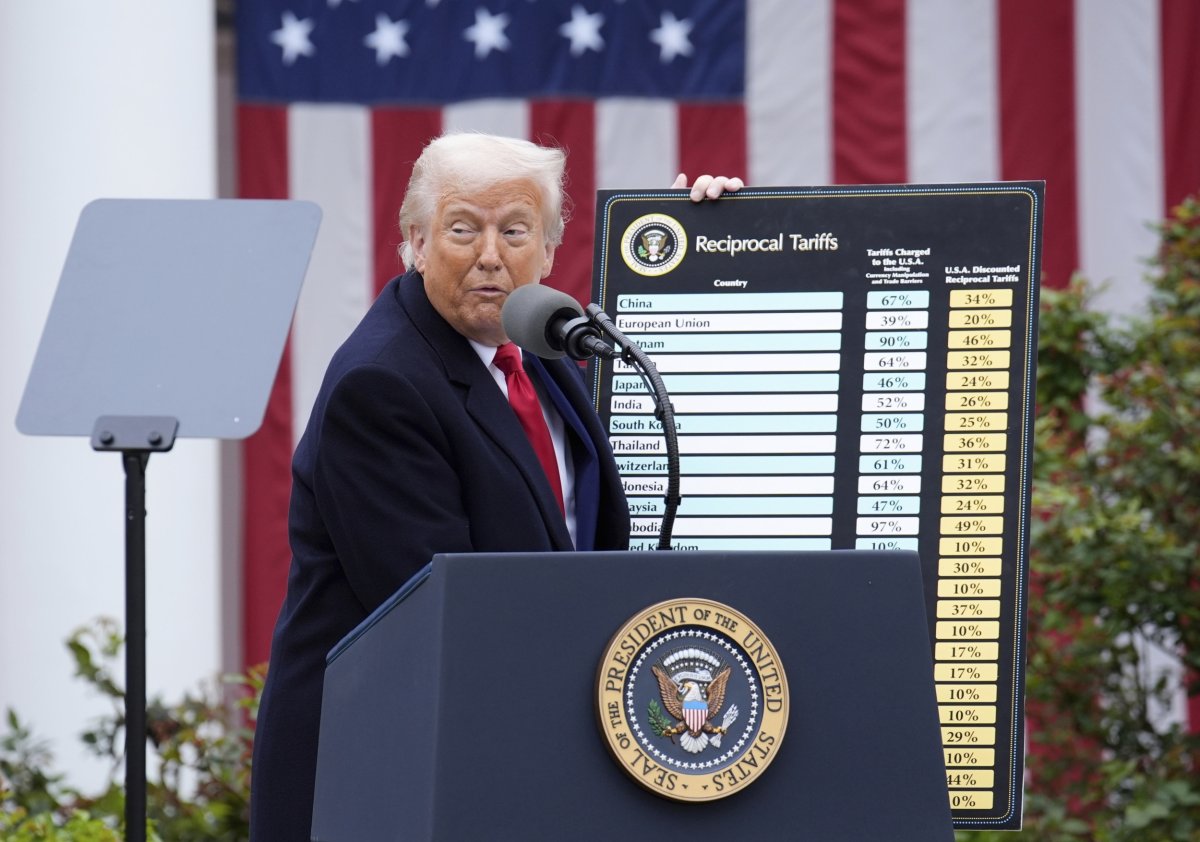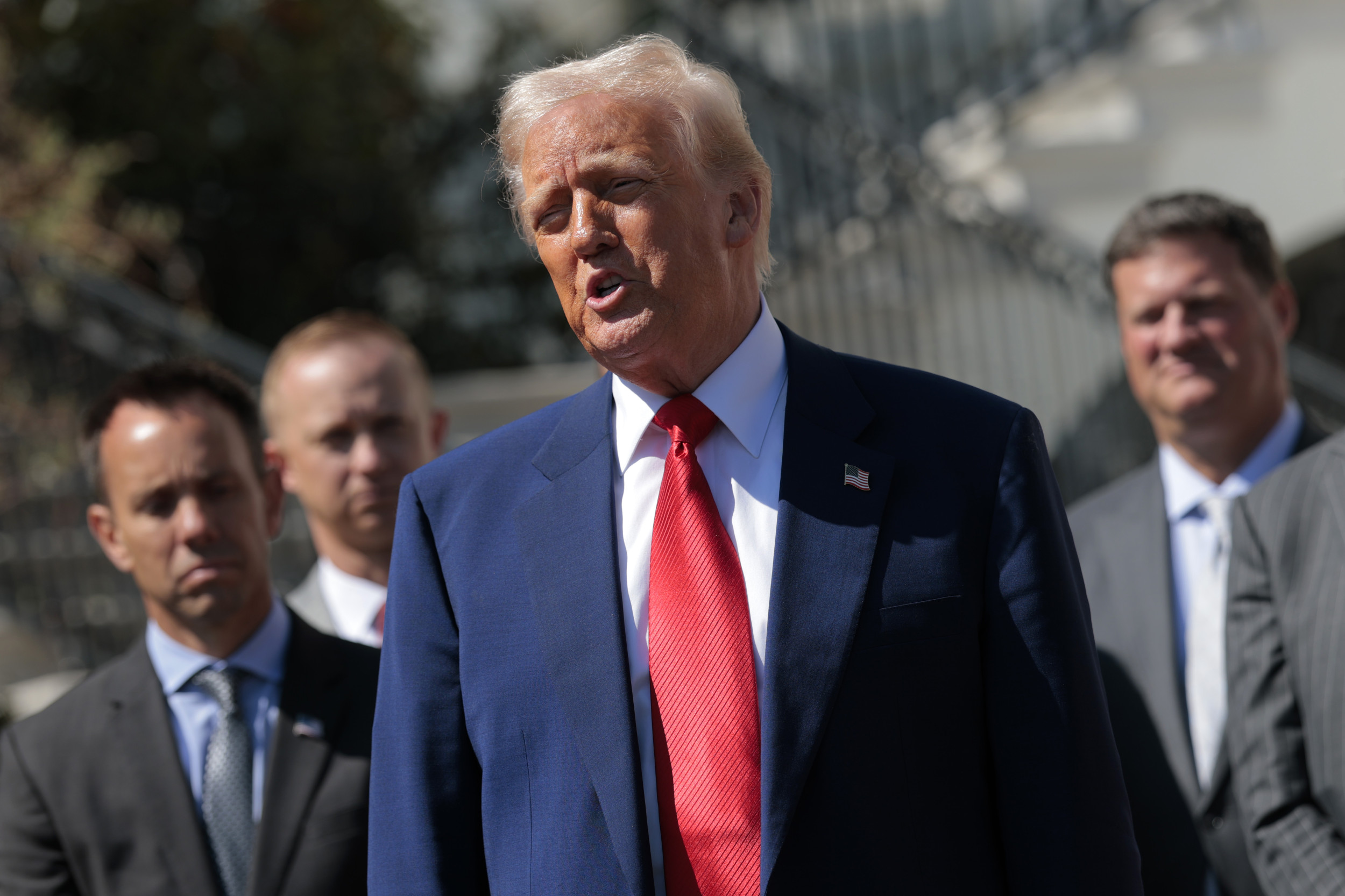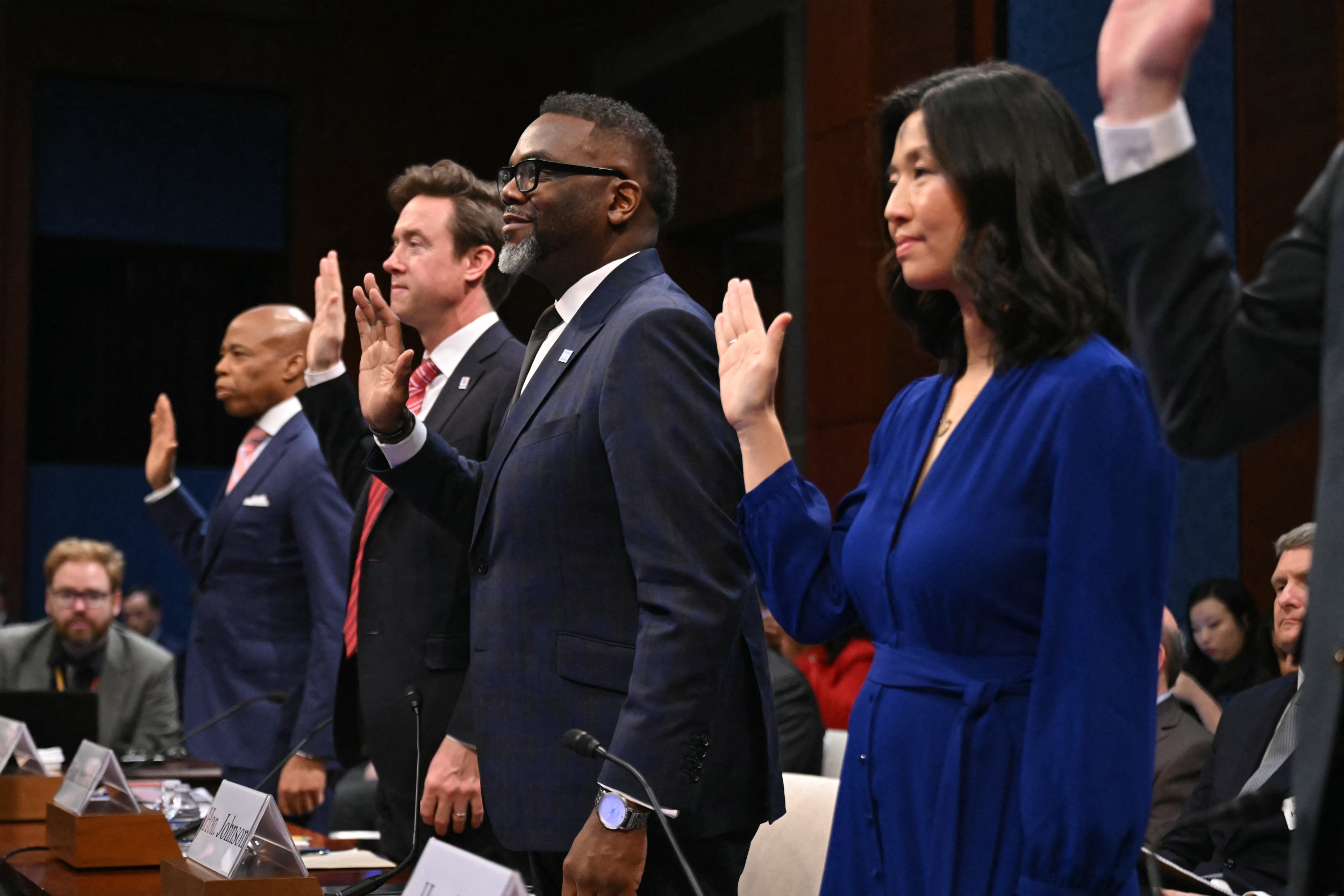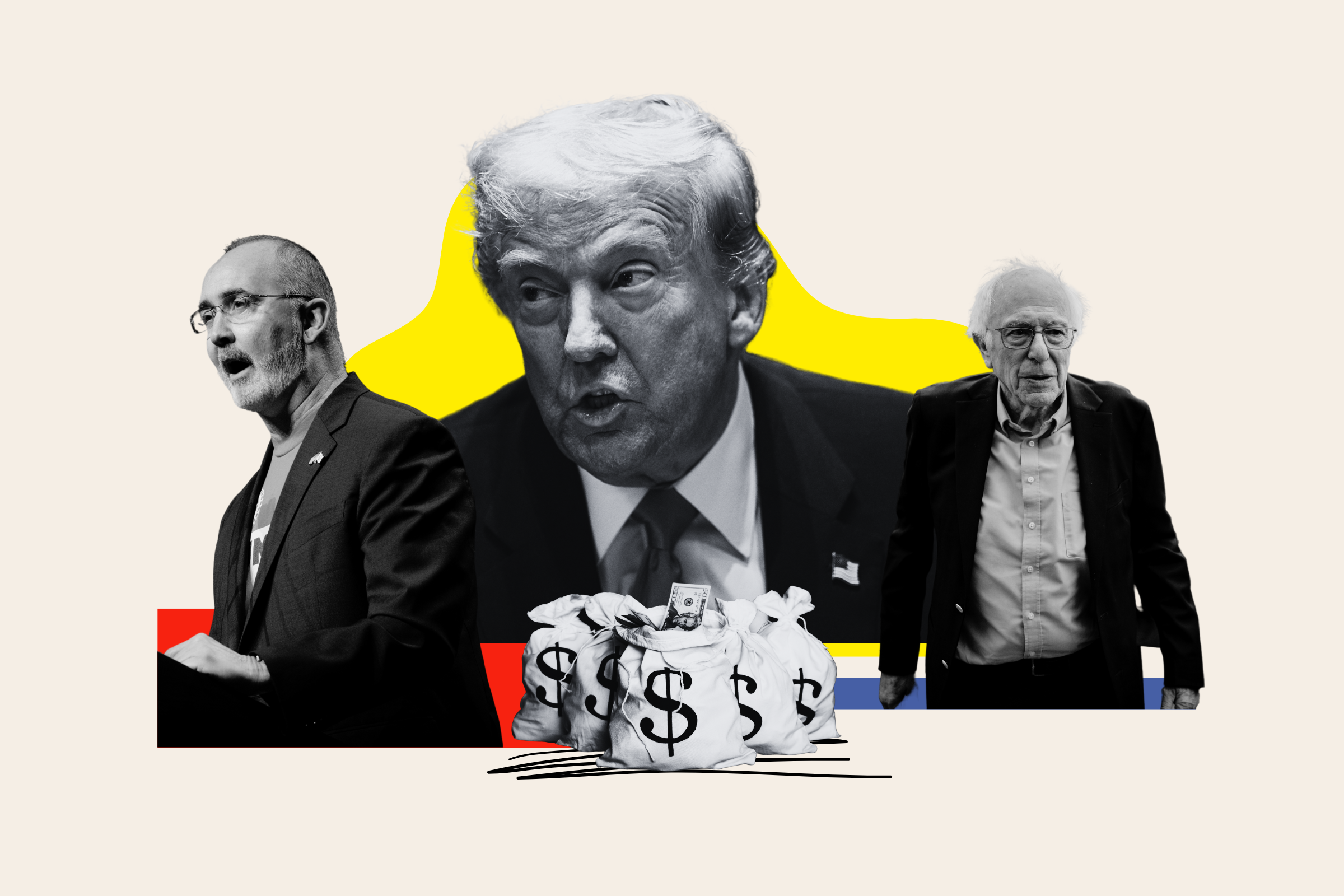🎙️ Voice is AI-generated. Inconsistencies may occur.
President Donald Trump imposed reciprocal tariffs on most countries yesterday, including an uninhabited island. Most of his reciprocal tariffs are 10 percent, but some are much higher, such as Cambodia's reciprocal tariff, which is 49 percent.
Countries missing from the list are Canada and Mexico, as they already have tariffs on them from the Trump administration. Russia is also not on the list. The White House said this is because they already have sanctions placed on them due to the war in Ukraine.
Three other countries with United States sanctions—Belarus, Cuba and North Korea—also did not receive reciprocal tariffs. However, Iran received a 10 percent reciprocal tariff and Syria received a 40 percent reciprocal tariff, despite these two nations also being under sanctions and embargoes.
Why It Matters
These tariffs have been widely criticized by political and industry leaders, who have said they will increase consumer prices in the U.S. and overseas. Some economists have warned that they will lead to a second Great Depression, citing the first Great Depression, which was made worse by tariffs introduced by President Herbert Hoover in 1930.
The Trump administration has said they will lead to industry growth in the U.S., but Republicans have also acknowledged that tariffs will "absolutely" inflict "short-term pain."
What To Know
The White House said in its initial statement and on its visual aides at Trump's press conference that these reciprocal tariffs are based on tariffs placed on the U.S. by other nations.
However, the White House later clarified the tariffs were calculated based on trading deficits and surpluses between nations, not existing tariffs.
For example, China has a trade surplus of $295 billion with the US. Its total exports to the U.S. are $438 billion, a surplus ratio of 68 percent.

The initial graph from the White House said China has a 67 percent tariff on the U.S., but the 67 percent is not a tariff; it's a calculated trade imbalance.
The Trump administration then divided that 68 percent ratio in two to determine that the U.S.' reciprocal tariff on China would be 34 percent.
All countries on the list, including where the U.S. has a trading surplus, have been subject to at least a 10 percent tariff. Many nations were caught by surprise by the tariffs, as they had tried to negotiate with Trump prior to his announcement to avoid them.
Economists also reacted with shock to the tariffs.
Scott Lincicome and Colin Grabow, trade specialists from the conservative Cato Institute, said: "With today's announcement, US tariffs will approach levels not seen since the Smoot-Hawley Tariff Act of 1930, which incited a global trade war and deepened the Great Depression."
Colin Grabow, an associate director at the Cato Institute's Herbert A. Stiefel Center for Trade Policy Studies, told Newsweek that in order to make American manufacturing more attractive, he believes the U.S. should be "Liberalizing immigration to attract talent and workers."
He said that the U.S. should also reduce or eliminate tariffs, especially the steel and aluminum levies, remove or reform "regulations that deter manufacturing and raise its costs, such as overly burdensome environmental rules" and reform the U.S. tax code to allow manufacturers to "fully recover their investments quickly."
Grabow added that "the tariff numbers—and the process that produced them—are utterly farcical. Rather than doing the hard work of examining each country's tariff policies and nontariff barriers, the White House opted for a lazy and bizarre methodology whose very premise—that persistent trade deficits are due to a combination of tariff and nontariff factors that prevent trade from balancing—has no grounding in reality.
"Hence, we arrive at the nonsensical place where a protectionist country such as Brazil and a free trade exemplar like Singapore are both subject to the same 10 percent tariff rate. Americans deserve better."
Not all Republicans support these tariffs. Republican Senators Rand Paul, Mitch McConnell, Susan Collins, and Lisa Murkowski voted for Democrat Tim Kaine's resolution to end the "national emergency" with Canada, which Trump has used to raise tariffs on the country.

What People Are Saying
President Donald Trump on Truth Social: "There will never have been a transformation of a Country like the transformation that is happening, for all to see, in the United States of America. Companies are pouring into our Country at levels never seen before, with Jobs (and Money!) to follow. It is a beautiful thing to watch!"
Scott Lincicome and Colin Grabow of Cato Institute, in a statement on X, formerly Twitter: "Imposed at a time when both US industrial capacity and family wealth – which has nearly quadrupled since 1989 – are at all-time highs, Trump's risible rhetoric about the economic power of tariffs is, like his trade strategy, detached from reality. The only thing these tariffs will "liberate" is money from Americans' wallets."
Colin Grabow told Newsweek: "One can't help but conclude that President Trump is simply a tariff enthusiast and believes—against all evidence and the overwhelming consensus of economists—that these import taxes are a tonic that somehow make the country richer and more prosperous."
Republican Senator Rand Paul: "When McKinley most famously put tariffs on in 1890, they lost 50% of their seats... In the early 1930s, we lost the house and senate for 60 years. So not only bad economically, they are bad politically."
Former Treasury Secretary Larry Summers, on X: "Never before has an hour of Presidential rhetoric cost so many people so much. Markets continue to move after my previous tweet. The best estimate of the loss from tariff policy is now is closer to $30 trillion or $300,000 per family of four."
What Happens Next
The tariffs will go into effect on April 9, unless Trump decides to remove some of them like he has with Mexico and Canada.
When asked by Newsweek about how U.S. consumers can protect themselves from the levies, Grabow said: "Not much comes to mind. Normally, I'd suggest accelerating purchases you had already planned to make before the tariffs take effect, but with the tariffs starting so quickly, I don't think that's much of an option."
They are predicted to cause enormous upset to the global economy.
Correction 4/3/25, 11:32 a.m. ET: The headline was updated to reflect that the map shows countries affected.
Update 4/3/25, 11:32 a.m. ET: This story was updated with comment from Colin Grabow of the Cato Institute.
About the writer
Sophie Grace Clark is a Live News reporter based in London, with a focus on crime stories. She has also ... Read more




